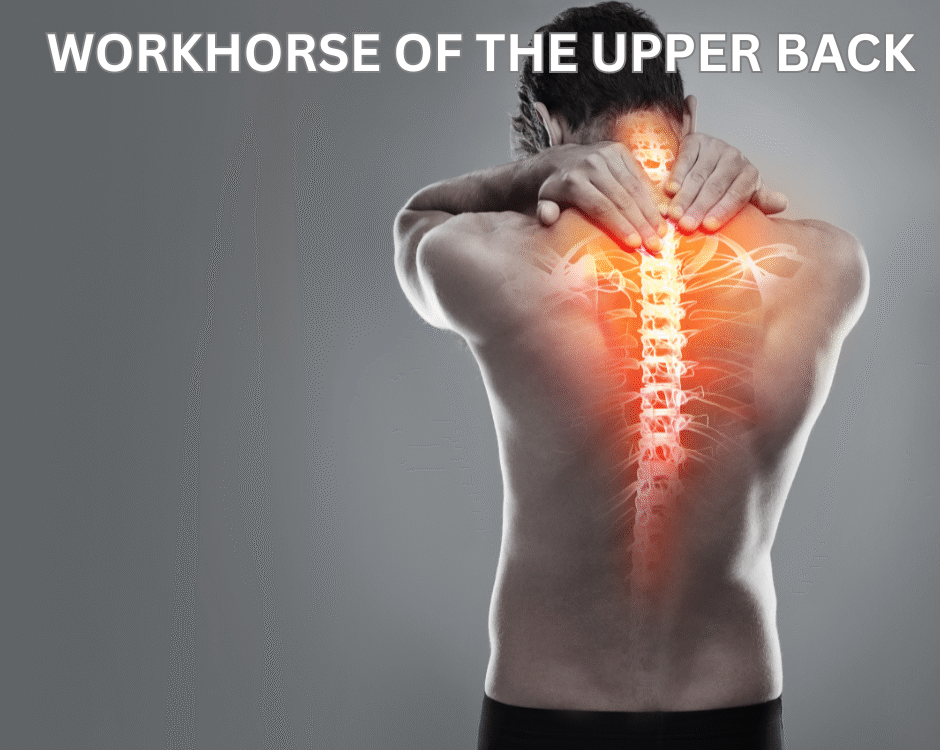Walk it Off for Better Health

Watch Your Weight and Your Joints
January 20, 2023
On a Scale of 1 – 10 – What a Pain
January 20, 2023Have You Walked Lately?
Walking is a simple, low-impact, and convenient form of exercise that has numerous benefits for both the body and the mind. Here are a few of the many benefits of adding walking into a daily routine:
- Improved cardiovascular health: Walking is a low-impact cardiovascular exercise that can help to improve heart health by increasing blood flow and reducing the risk of heart disease.
- Weight management: Walking can help to burn calories and promote weight loss, particularly when combined with a healthy diet.
- Stronger bones and muscles: Walking can help to strengthen the bones and muscles in the legs, as well as improve balance and coordination.
- Stress relief: Walking has been shown to reduce stress and improve mental well-being by releasing endorphins and providing an opportunity for quiet contemplation.
- Increased energy: Regular walking can help to increase energy levels by improving circulation and reducing fatigue.
- Improved Sleep: Walking can help to improve sleep by promoting relaxation and regulating the body’s natural sleep-wake cycle.
Another great aspect of walking is that it can be done by all age ranges and fitness levels. Walking is also scalable and is a great entryway to physical exercise following an injury or car accident. By starting small, you can easily increase distance or pace over time as improvements are made. But whether you’re just starting to exercise or are a seasoned athlete, proper walking technique is key for maximizing the benefits while minimizing the risk of injury. Here are some tips for proper walking technique:
- Warm-up: Always start your walk with a warm-up to prepare your body for the activity. This can include some light stretching or a few minutes of walking at a slower pace.
- Posture: Stand tall and engage your core muscles to keep your body upright. Your shoulders should be relaxed, and your arms should swing naturally at your sides.
- Foot placement: Avoid shuffling or dragging your feet, as this can cause strain on your lower body.
- Arm swing: Swing your arms naturally as you walk, with a slight bend in the elbows. This helps to propel you forward and can also help to improve your breathing and balance.
- Head position: Keep your head up and your eyes looking forward, rather than looking down at the ground. This will help you to maintain good posture and will also allow you to see any obstacles in your path.
- Step length: Take longer steps as you walk, rather than taking short, choppy steps. This will help to increase your stride length and can help to improve your overall speed and endurance.
- Cadence: Increase your cadence (steps per minute) to increase the intensity of your walk. Aim for a cadence of at least 90 steps per minute, and try to take consistent, even steps throughout your walk.
- Cool-down: End your walk with a cool-down period, which can include some light stretching or a few minutes of walking at a slower pace. This will help to prevent muscle stiffness and fatigue.
- Track your progress: This can be done with an app, pedometer, or journal. Record the distance traveled and the time it took, or the number of steps taken. There are also many wearable technologies that can track these metrics and other health markers like heart rate. Tracking your progress can help to increase motivation and consistency.
Hopefully this serves as a reminder of how beneficial it can be to incorporate a simple walking routine into daily life. And by following these tips, you can maximize the benefits of your walk and minimize any risk of injury. So, whether you’re walking for recovery, exercise, stress relief, or just for fun, always remember to walk with proper technique to get the most out of your walk and to stay healthy.
— This article is written by Deryk Harting, DC, one of the members of Chambers Medical Group’s team of car accident chiropractors who offer a variety of treatments and therapies ranging from diagnostic testing to various soft tissue therapies for car accidents and injuries in Kentucky.
Have you been in a car accident? If you or somebody you know has been in a car accident, be sure that you seek medical attention from a car accident doctor or car accident chiropractor to treat your injuries. Visit Chambers Medical Group to receive world-class medical treatment for your injuries.
Chambers Medical Group has car accident medical clinics in the following locations:
- Car Accident Medical Clinic in Tampa
- Car Accident Medical Clinic in Plant City
- Car Accident Medical Clinic in Brandon
- Car Accident Medical Clinic in Lakeland
- Car Accident Medical Clinic in Sarasota
- Car Accident Medical Clinic in Louisville
- Car Accident Medical Clinic in Lexington
- Car Accident Medical Clinic in Florence




